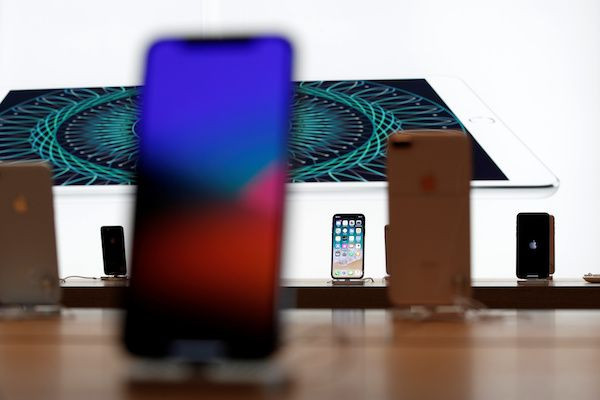iPhone 11 Release Date: Rumored Specs, Features Of iPhone X Successor

Following the launch of Apple’s first OLED smartphone, the iPhone X, many are now anticipating the unveiling of the next-generation device, which is rumored to be named as iPhone 11. While it’s too early tell the official specs and features of the handset, there have been speculative reports and leaks that point to the possible attributes of the iOS 12 flagship phone.
Despite the incremental refinements and new standout features, the iPhone X may have dissuaded some fans from upgrading due to its price point — it starts selling at $999. But being the most expensive iPhone yet has a silver lining: it has already set the stage and expectations of consumers for something with similar pricing. Hence, what many consider as an expensive iOS phone could easily be forgotten and more people would be accepting of the pricing that Apple is setting for its newer iPhones.
As what IBTimes learned from KGI Securities analyst Ming-Chi Kuo in January, Tim Cook’s company is preparing three iPhone models for this year. Two variants are expected to feature OLED screens, while the other one is believed to sport LCD display. The OLED models are said to have 5.8-inch and 6.5-inch screens, while the LCD model is said to come with a 6.1-inch display.
The bigger OLED model is speculated to be launching as a “Plus”-branded variant. On the other hand, the LCD model is reportedly going to be the least expensive entry in the 2018 lineup. This leaves the 5.8-inch OLED model as the one rumored to be launching as the iPhone X’s direct successor. If true, it is to be expected that the next flagship won’t be a major upgrade compared to the iPhone X.
Many sources are claiming that the iPhone X’s successor is going to use “iPhone 11” or “iPhone XI” as its moniker. However, it’s also possible for Apple to stick to its standard nomenclature system and simply add “s” to the new OLED phones. Thus, the Cupertino giant could also use “iPhone Xs” and “iPhone Xs Plus” for the names of the new flagship phones, as per CNET.
Kuo has also predicted that Apple is outfitting all of its 2018 iPhones with its TrueDepth camera system for Face ID. This just means that all models would likely sport the controversial notch that’s atop the iPhone X. If this were true, then it’s most likely that the year 2018 will mark the death of Touch ID. Apple ditched the fingerprint biometric system from the iPhone X due in part to the device’s edge-to-edge display and the inclusion of a more sophisticated technology.
The iPhone 11 could also house an L-shaped battery. The iPhone X is the first iPhone to feature this type of battery, which Kuo says charges more quickly and makes efficient use of the limited space inside the compact chassis of the device. Chosun Ilbo reported last year that Apple has chosen LG Chem to supply L-shaped batteries to its 2018 lineup of iPhones. Aside from the L-shaped battery, the iPhone 11 is also expected to come with wireless charging simply because its predecessor also debuted with the same feature.
Last month, Kuo said via 9to5Mac that Apple is excluding Qualcomm from its 2018 lineup of iPhones. The tech giant has reportedly chosen Intel as the exclusive supplier of the baseband chips for the upcoming iPhones in the wake of its legal battle against Qualcomm. Kuo pointed out how Intel is actually better suited for Apple’s technical requirements and it offers more competitive pricing. However, Qualcomm has the advantage when it comes to 5G networking. Still, it’s worth noting that Apple is currently developing a new wireless technology that could also ensure 5G technology for the upcoming trio of iPhones.
© Copyright IBTimes 2025. All rights reserved.



















